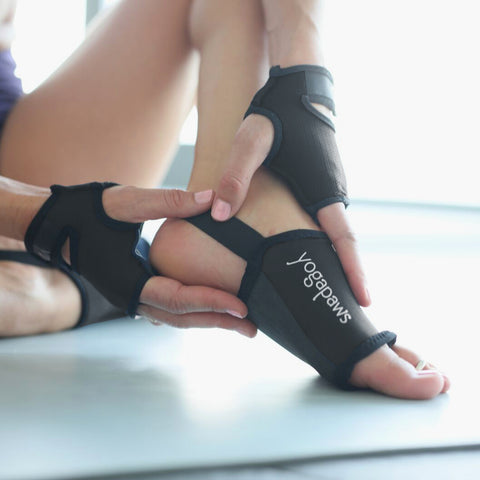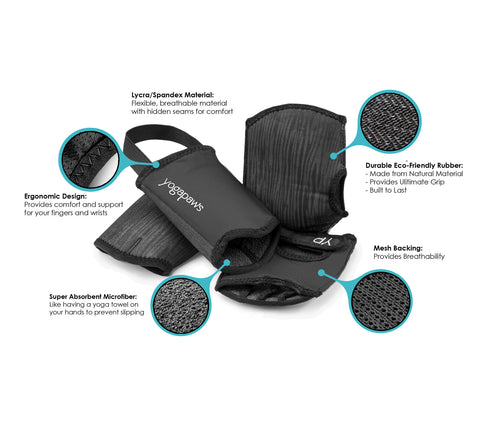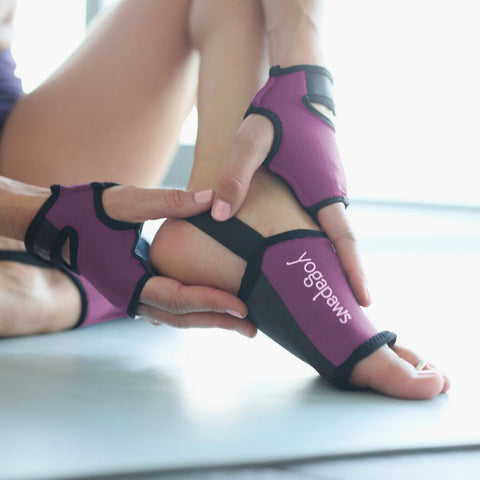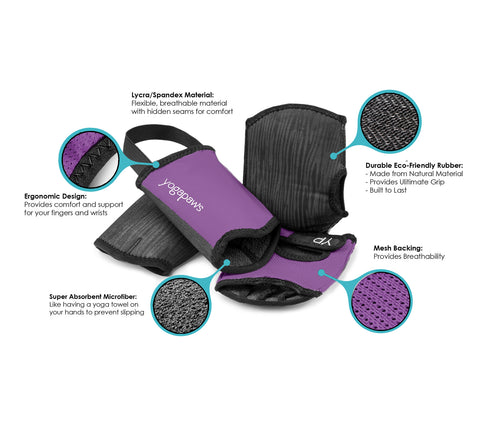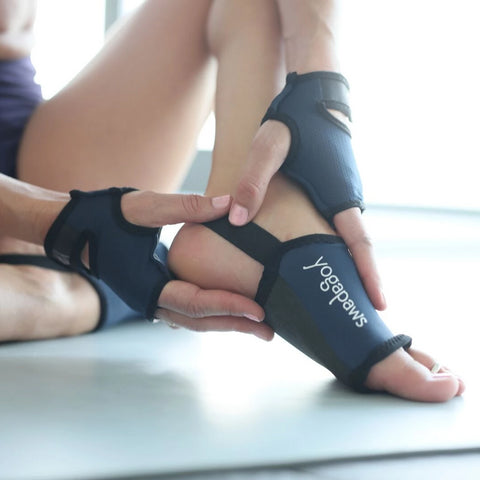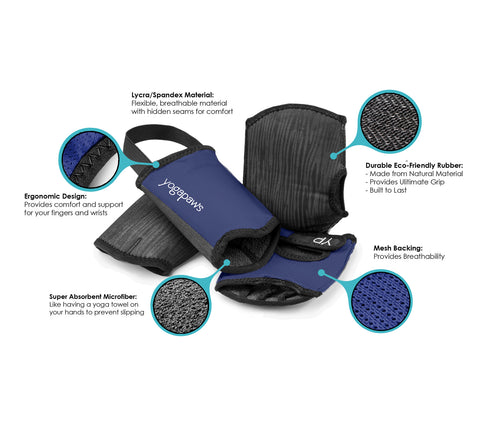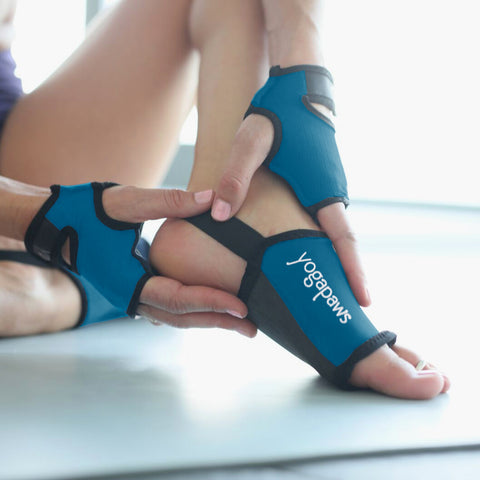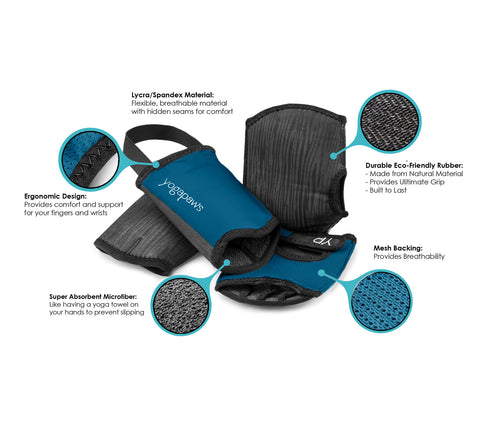Posted on October 15 2019
 As a yoga student, you are always striving to be more in tune with your body. In each class, you work to become more aware of the way each part of you sings in harmony with your whole mental and physical being. You learn where you are tight or loose, strong or weak and try to balance your muscles and tendons, not just for a rewarding practice but for a healthy, injury-free life.
As a yoga student, you are always striving to be more in tune with your body. In each class, you work to become more aware of the way each part of you sings in harmony with your whole mental and physical being. You learn where you are tight or loose, strong or weak and try to balance your muscles and tendons, not just for a rewarding practice but for a healthy, injury-free life.
Chances are you’re also looking at how to nourish your body around your classes. You’ve read the widespread wisdom that says you should practice on an empty stomach, no matter what time your class is or what type of yoga you enjoy. Maybe that works for you before a morning class but not a night class or vice versa. Your schedule may make that difficult, depending on your work hours, your family commitments or the distance to your class. Whatever your body clock, figuring out how to fuel your practice comes down to knowing what works for your body and your classes.
One of the first things you need to think about is when you practice. If your class crosses a breakfast or dinner hour, you’ll probably want to have at least a small snack one or two hours beforehand, just so you don’t “crash” during the class or feel groggy. Or, you can eat a heavier meal three hours before. You might consider keeping a diary for a few weeks to help you understand how your digestion works. Students who burn with pitta fire may feel under-energized if they go several hours without eating, while vata or kapha types may enjoy the emptiness allowed by more distance between eating and practicing.
The next factor is what kind of class you’ll be attending. Lighter snacks like a smoothie or fruit, vegetables or nuts would be the perfect preparation for a slow, meditative class or gentle flow. If it’s late in the day, you may want to add some hummus or tofu. A more vigorous practice might call for a balanced mini-meal several hours in advance or an easily digestible snack that combines protein and carbohydrates (fats can take longer to digest and make you feel sluggish when you start). Whatever class you are going to, avoiding extremely sweet or salty flavors, as well as fried foods and heavy carbs will help your body feel more comfortable in the practice.
It also helps to ease into your class. Here are a few pre-class poses to try and some tips for eating around the class. If possible, get to class at least 15 minutes early and create your own warm-up to help you transition mentally and physically into the freedom that’s yoga.
|
|
Tadasana "Mountain Pose"Benefits: This stable standing pose engages your core and lower body, and it’s a relief after sitting for a long time. How to do it: Stand with your big toes touching. With your hands at your sides, turn your palms forward. Gaze straight ahead. Hold the pose for 30 seconds to one minute.
|
|
|
Phalakasana "Plank Pose"Benefits: This pose works your entire body, and can be a great way to start your class preparation since it doesn’t overstretch any joint. How to do it: Begin in Adho Mukha Svanasana (Downward-Facing Dog Pose). Walk your hands out until they are under your shoulders and your body forms a straight line. Remain in the pose for 30 seconds to one minute. Raise one leg and hold while activating the abs and gluts for a more advanced posture. YogaPaws are great for wrist support during this pose.
|
|
|
Baddha Konasana "Bound Angle"Benefits: This gentle hip opener prepares your body to move freely. How to do it: Sit on your mat with your legs out in front of you. Bend your knees and allow them to fall open to the side with the soles of your feet touching. Remain in the pose for 30 seconds to one minute.
|
Stay Hydrated. No matter what the temperature in a class, making sure you’ve had enough water beforehand helps food digest and prevents muscle cramping and fatigue. It’s especially important since most yoga teachers and studio owners (other than Bikram studios, which caution against drinking water during class. A Yoga Journal article quotes Swami Ramananda of Integral Yoga in New York City as saying, "Drinking water interferes with the prana flow."
Eat something a half hour after class. A protein-rich snack afterward helps replenish your body if you’re not planning to eat a meal within an hour.
EAT MINDFULLY. Whether you’re snacking or just having some fresh juice, don’t multitask. It’s not about eating a handful of nuts in your car. Find a quiet time, relax and let the food flow into your body—much like your breath. Feel it refreshing, nourishing and energizing every cell. Savor the flavors on your tongue. Enjoy the colors of your food. Over the long term, consider keeping a food diary to help you determine what makes you feel best—not only in class but throughout your days.
How, when and what you eat is as much part of your yoga as what you do on the mat. It’s one more way that you honor the vessel that holds your mind and spirit. And, it’s an important reminder that “wholeness” requires that you pay close attention to everything you feed our body, the thoughts you feed your mind and the energy you feed your spirit.
Thanks for reading! Feel free to take 10% off your next order with code: PAWBLOG




